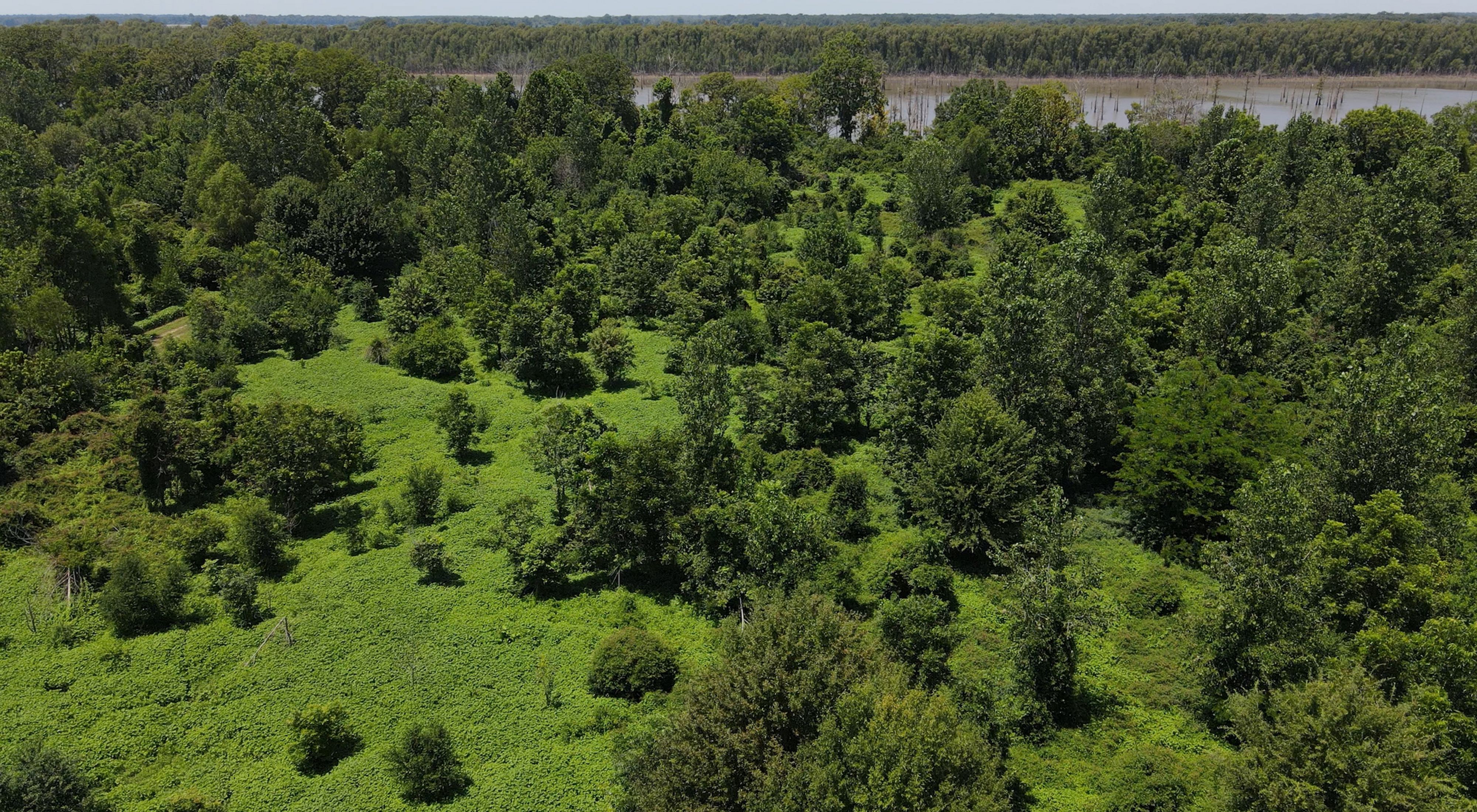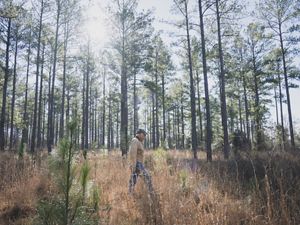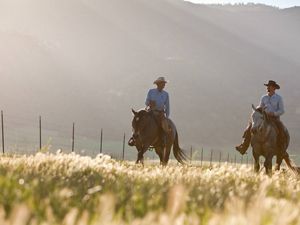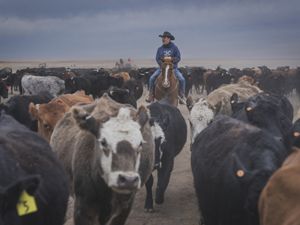In January 2016, a month of torrential rains in the Midwest caused massive flooding on the Mississippi River, breaching a dozen levees across Illinois and Missouri, sending a surge of water downstream. The high water breached a 150-year-old private levee in Wilkinson County, Mississippi that restricted the flow of water to a 6,000-acre island known as Loch Leven.
Loch Leven’s owner reached out to The Nature Conservancy for assistance in managing the property, which was becoming increasingly difficult to farm due to recurring flood events. Today, with help from a host of partners and significant and ongoing support from federal Farm Bill programs, Loch Leven ranks as the largest floodplain reconnection along the Lower Mississippi River. Loch Leven serves as a primary staging area for tens of thousands of migratory waterfowl, shorebirds and neotropical migrants in the spring. The bottomland hardwood forested wetlands that once dominated the Lower Mississippi River floodplain are returning to the landscape.
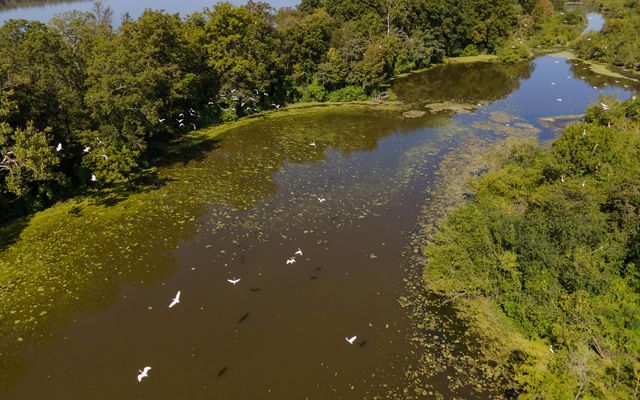
Wetland Reserve Program
Wetlands provide vital habitat for fish and wildlife, including many threatened and endangered species, through improved water quality by filtering sediment and nutrient runoff and mitigating the effects of flooding.
The Farm Bill's Wetland Reserve Program funds the restoration and long-term protection of wetlands through conservation easements. Since the program was established by the 1990 Farm Bill, millions of acres of wetlands have been protected.
Conserving Wetland Habitats
Loch Leven became an island in 1776, when the Mississippi River shifted its course creating an oxbow lake named Lake Mary. Levee construction at Loch Leven began pre-Civil War era to reduce flood impacts for improved farming conditions. For at least 150 years, the island was cut off from the seasonal flood pulse of the Mississippi River.
The 12-mile ring levee surrounding Loch Leven also prevented fish passage of species such as alligator gar, which spawn in shallow floodplain waters. The previous infrastructure trapped and drowned hundreds of deer when the levees overtopped during extreme flood events.
In the early 2000s, the landowner enrolled about 4,500 acres of the land in the Wetland Reserve Program (WRP), a voluntary initiative that has been included in every version of the federal Farm Bill since 1990. Administered by the U.S. Department of Agriculture’s Natural Resources Conservation Service, the WRP provides technical and financial assistance to eligible landowners to restore, enhance and protect wetlands through conservation easements. The goal of the WRP is to restore the beneficial values of wetlands on private property, leading to improved water quality, flood mitigation and providing for wildlife habitat.
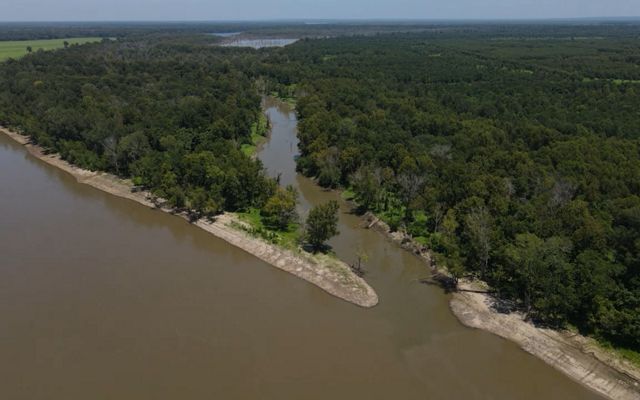
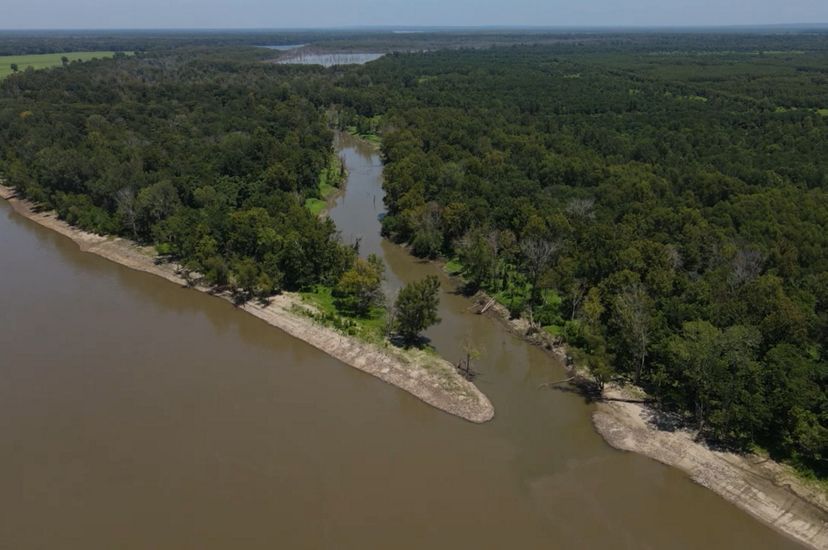
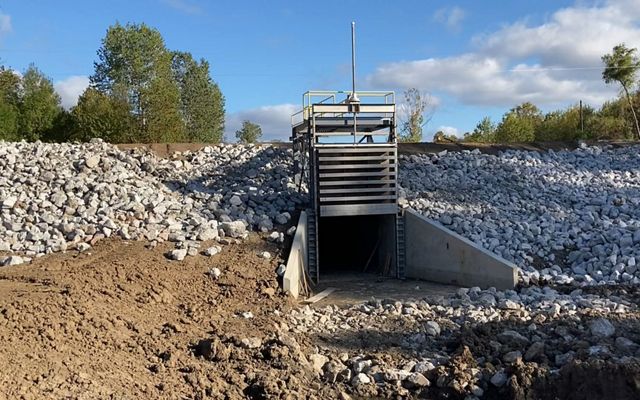
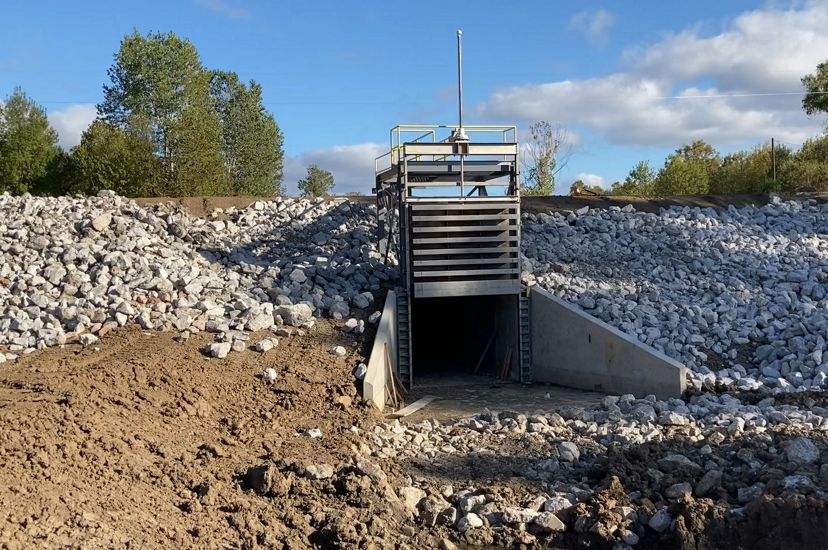
“Farm Bill programs are a perfect fit for Loch Leven,” said Scott Lemmons, Director of Freshwater Programs for The Nature Conservancy’s Mississippi chapter. The landowners, Sal and Erik Piazza, continued to farm soybeans on part of the land through 2022, but frequently met with frustration.
Since the historic Mississippi River floods of 2011, “there have been only two years since we didn’t reach flood levels in Loch Leven,” Lemmons said. “The last time they planted and harvested successfully was 2022, but they couldn’t plant until June, and when you plant that late you don’t get as high a crop yield.”
When the Piazzas first contacted TNC, Lemmons was surprised.
“Honestly, I said, ‘nobody owns a 6,000-acre river island,’ and this at the most premier location in Mississippi for migratory waterfowl,” he recalled. “When I first set foot on the property, in the summer of 2016, I said this is for real. This is a project we can’t say no to.”
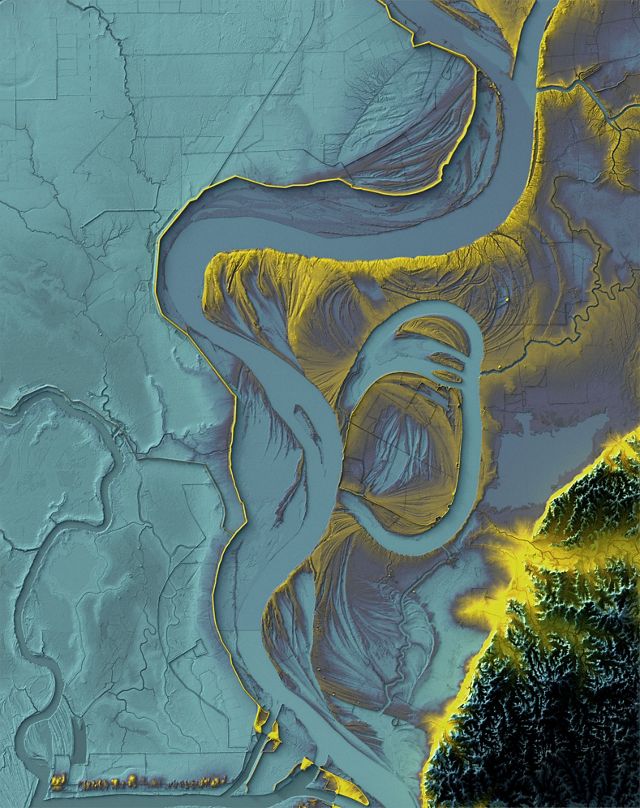
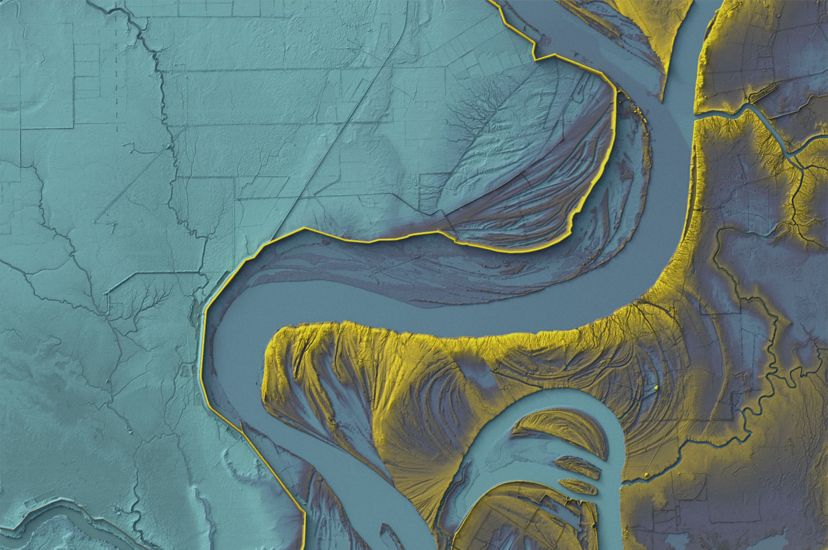
What You Need to Know About the Farm Bill
How the Farm Bill protects and restores wetland ecosystems.
Learn MoreThe Farm Bill Supports the Long-term Protection of Wetlands
The side channels, tributaries, oxbows and backwaters of the lower Mississippi River make up the nation’s largest floodplain, covering more than 24 million acres across portions of seven states. Bottomland hardwood forests, for centuries the dominant land cover in the area, provide crucial habitat at the heart of the Mississippi flyway, where more than 60% of all U.S. bird species migrate or overwinter.
Since the 1800s, more than 90% of this system, the second largest forested wetland in the world (next to the Amazon), has been disconnected from the natural flow of the Mississippi River and much of it cleared of its forests and drained for farmland. Since the Farm Bill’s wetland protection programs were launched in 1990, more than a million acres of bottomland hardwood forest has been restored.
At Loch Leven, TNC has worked with more than 15 local, state and federal partners to reconnect the floodplain to the river in a way that allows the landowner to replicate the seasonal flood pulse of the river. “We basically re-plumbed the interior of Loch Leven,” Lemons said, excavating a portion of the original ring levee and building 28 water control structures on the property. Piazza has placed the remaining acreage—about 1,100 acres—into the Wetland Reserve Enhancement Partnership, another Farm Bill program administered by the NRCS, which has paid for the habitat restoration.
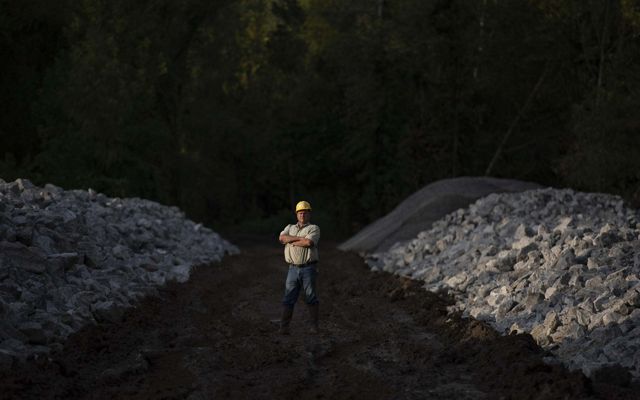
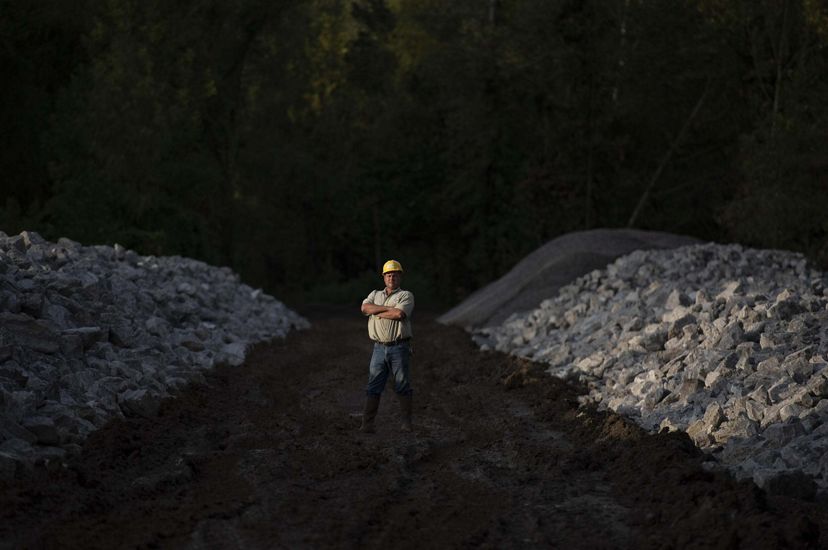
A Successful History of Habitat Restoration
Since the work was completed, scientists have documented 28 species of freshwater fish using the area for spawning. Waterfowl and wading birds are abundant, and the hardwood forest is thriving.
In addition, the project is cleaning the water, which flows slowly through the floodplain and deposits sediment there, helping to reduce the nutrient load that causes low-oxygen levels in the Gulf of Mexico each year. Loch Leven also provides over 72,000 acre feet of flood storage capacity, contributing to groundwater recharge and reducing flood risk downstream.
After 30 years of habitat restoration funded by the Farm Bill, Lemmons said the benefits are easy to see, from the successful recovery of the Louisiana black bear (which was removed from the federal endangered species list in 2016) to expanding whitetail deer and wild turkey populations. And while it took 30 years to protect the first million acres, there is strong demand for moving faster, as climate change intensifies flooding, and more farmland is becoming marginal. Funding is limited each year, and demand for the funds outstrips supply every year.
“Only one of ten WRP applications are funded. That’s how popular this program is.” Lemmons said.
Speak Up for Nature
Support Farm Bill Conservation Programs
The Farm Bill offers a critical lifeline to farmers, ranchers and landowners who are interested in conserving and managing their wetlands, grasslands, farms and forests. Urge Congress to pass a Farm Bill that supports conservation.

